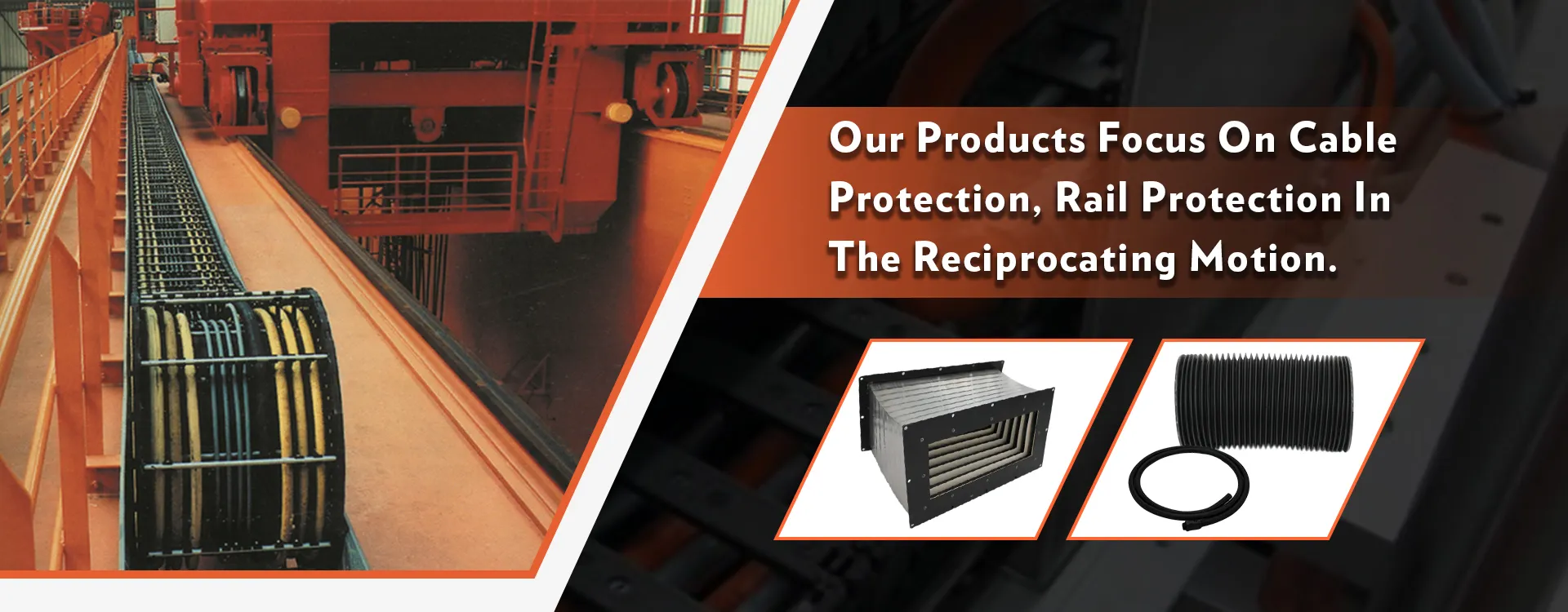corrugated electrical tubing
Understanding Corrugated Electrical Tubing A Comprehensive Overview
Corrugated electrical tubing is an essential component in the electrical and construction industries. Often referred to as flexible conduit, this type of tubing has gained popularity due to its unique design, which offers both protection and flexibility for electrical wiring. In this article, we will explore the characteristics, benefits, applications, and installation of corrugated electrical tubing.
Characteristics of Corrugated Electrical Tubing
Corrugated electrical tubing is typically made from high-density polyethylene (HDPE) or polyvinyl chloride (PVC), both of which are durable and resistant to various environmental factors. The key feature of this tubing is its corrugated design, which consists of a series of ridges and valleys that allow the tubing to bend and flex without breaking. This flexibility makes it an ideal choice for wiring installations where movement, bends, or tight spaces are a concern.
The tubing is also designed to be lightweight, making it easy to handle and install. Moreover, it typically comes in a range of sizes, allowing for compatibility with various wire gauges and types. Some corrugated tubing is equipped with additional features, such as flame resistance or UV protection, catering to specific applications and environmental conditions.
Benefits of Using Corrugated Electrical Tubing
One of the primary benefits of corrugated electrical tubing is its ability to protect electrical wires from physical damage. The tubing acts as a shield, preventing impact, moisture, dust, and chemical exposure from harming the wires within. This protective feature is crucial in ensuring the longevity and safety of electrical installations.
Another advantage is the tubing's flexibility, which facilitates the installation process. Electricians can easily route the tubing through tight spaces, around corners, and through ceilings or walls without the need for multiple fittings or connectors. This flexibility not only saves time during installation but also reduces the risk of error.
Additionally, corrugated electrical tubing is cost-effective. It is generally more affordable than rigid conduit options while offering similar protective benefits. Its ease of handling and installation can further reduce labor costs, making it an attractive option for contractors and electricians.
corrugated electrical tubing

Applications of Corrugated Electrical Tubing
Corrugated electrical tubing is used in a variety of applications across different industries. It is commonly found in residential, commercial, and industrial settings. Some typical applications include
1. Home Wiring In residential construction, this tubing is often used to protect wiring in walls, attics, and basements. Its flexibility allows for easier routing around obstacles.
2. Automotive Applications In the automotive industry, corrugated tubing is used to shield wiring from engine heat and abrasion, ensuring the vehicle's electrical system remains intact.
3. Maritime Industry Due to its resistance to moisture and corrosive environments, corrugated electrical tubing is suitable for protecting electrical systems on boats and ships.
4. Industrial Equipment Many industrial machines have complex wiring systems that require protection from mechanical damage, dust, and chemicals. Corrugated tubing is an effective solution for these applications.
Installation Considerations
When installing corrugated electrical tubing, certain considerations should be taken into account. It is essential to adhere to local electrical codes and regulations. Proper sizing of the tubing is also critical, as it should not exceed the maximum fill capacity for wires, which could lead to overheating and potential safety hazards.
In conclusion, corrugated electrical tubing is a versatile and vital component in electrical installations. Its protective qualities, flexibility, cost-effectiveness, and wide range of applications make it an attractive choice for professionals in various industries. Understanding its characteristics and benefits is essential for anyone involved in electrical work, ensuring safe and efficient installations.








